Wiseguy
Medlem nr.8 sen starten
- Gick med
- 6 Mar 2003
- Hoj
- Honda CBR900RR Fireblade, CBR1100XX Blackbird
Follow along with the video below to see how to install our site as a web app on your home screen.
Note: This feature may not be available in some browsers.
Ska Sporthoj.com överleva längre så måste tyvärr vara lite snällare runt det. Många är intresserade av Sporthojar och det får tillräckligt för att regga sig och börja delta. Förr var SH så poppis att det gick att porta folk för det reggade sig alltid dussintalet nya varje dag.Definitionen på en sporthoj. Ägarkrav skulle egentligen vara obligatoriskt för detta forum…

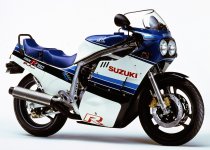

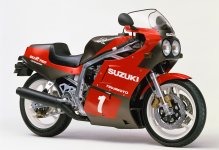

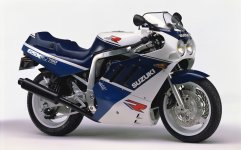
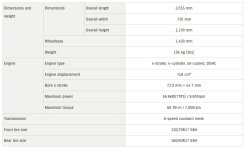
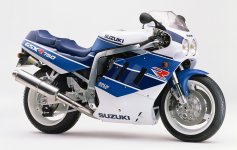

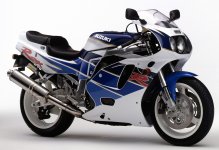
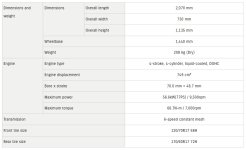
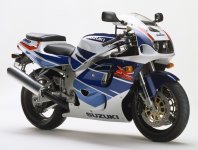
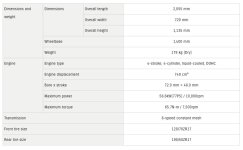
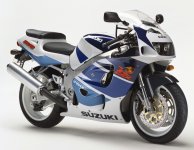
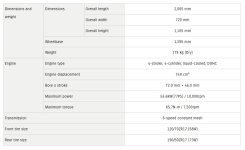
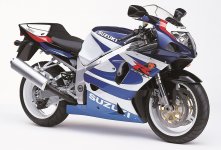


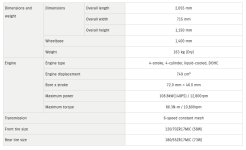
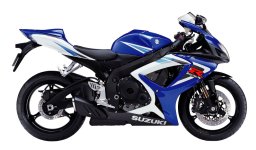
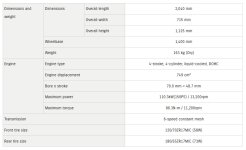
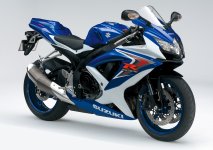
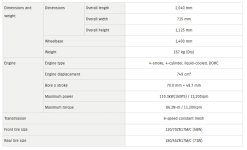
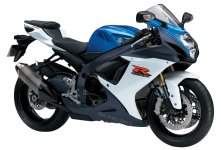
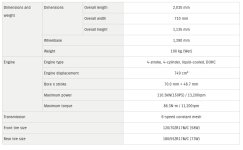
Flera länder hade Hk-begränsning på 100hk, strypta motorer för det mesta men några var bara pappershästar.Sen vet jag inte varför effekten är 77 hästar på de första generationerna. Var det en strypning som gällde då och vilken marknad den gällde?
Infomaterialet är klistrat direkt från globalsuzuki.com
100 kommer jag ihåg, men inte 77 hästar.Flera länder hade Hk-begränsning på 100hk, strypta motorer för det mesta men några var bara pappershästar.
Japan hade förmodligen lägre gräns100 kommer jag ihåg, men inte 77 hästar.

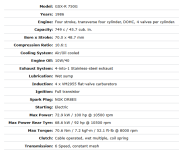
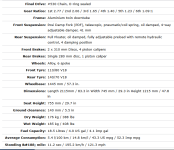


|
Framtidens hjälmar är här!
Bland finesserna finns ljus... |
|
Öhlins, som under många år ... |
|

|
Bridgestone lanserar nytt sportdäck
Bridgestone har presenterat... |

|
Ny Suzuki-importör
Suzuki SV-7 GX var en av Su... |

|
Suzuki byter importör!
Suzuki SV-7 GX var en av Su... |

|
MotoGP-säsongen avslutas i stor stil
Den traditionella finalbild... |

|
Återkallelse av KTM 125, 250, 390 och 990 DUKE-modeller från årsmodell 2024
Är din KTM bland dem som sk... |

|
Nordic Sport & Event sammanfattar 2025 års GGN
Pressrelease; Visby, 2025-1... |

|
2026 års YAMAHA XSR900 GP
Yamahas Sport Heritage-seri... |

|
Yamaha firar 70 år med klassiska Supersport-färger
Yamaha Motor firar sitt 70-... |
